Flamenco show in Seville
For anyone visiting Seville, a flamenco show is not to be missed. This passionate and expressive art form, is deeply ingrained in the cultural fabric of Seville. Visitors and locals alike have the opportunity to witness the mesmerizing flamenco show in Seville in its purest. Join Seville Unique Experience for an unforgettable immersion into the rich heritage of Andalusia.
Flamenco show in Seville
A flamenco show in Seville is an absolute must for anyone visiting the city! Be prepared to be swept away by the mesmerizing rhythms, heartfelt singing, and electrifying footwork that characterize this iconic Spanish art form.
Seville is one of the epicenters of Flamenco culture, so that this experience is not just a form of entertainment. It’s a profound cultural expression that embodies the essence of Spanish heritage and identity. A flamenco show is a journey into the depth of emotions, history, and traditions that have shaped the Spanish people for centuries. The raw passion, the intense emotions, and the intricate rhythms of flamenco speak directly to the soul, transcending language barriers and connecting people from all walks of life.
Experiencing flamenco in Seville is like immersing yourself in the very heart and soul of Spanish culture, where every note, every step, and every gesture tells a story of love, longing, joy, and pain. It’s a transformative experience that leaves a lasting impression on anyone fortunate enough to witness it.
The origin of flamenco
To truly appreciate this experience, one must first grasp the cultural significance and historical context of this mesmerizing art form. The origin of flamenco in Seville, like the origins of flamenco itself, is steeped in a rich and complex history. While it’s difficult to pinpoint an exact time and place of its birth, Seville is often credited as one of the major cities where flamenco flourished and evolved.
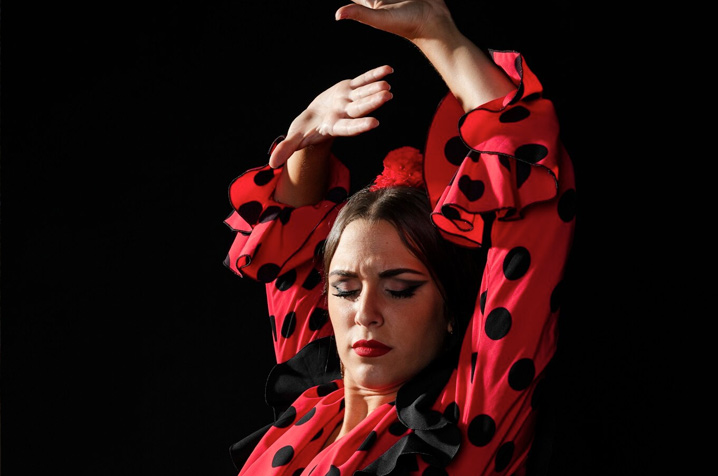
This art form that combines music, singing, and dance, has a rich and diverse cultural heritage that draws from various influences over the centuries. Its Andalusian roots bring influences from various cultures, such as the Jewish or Gypsy.
Gypsy flamenco music
The Gypsies, who migrated to Spain in the 15th century, played a significant role in the development of flamenco.
The influence of Gypsy culture on flamenco in Seville is profound and unmistakable. Its music, dance, and cultural traditions merged with existing Andalusian music, creating a unique art form. The Gypsy contribution is especially evident in the rhythmic patterns, hands clapping, and percussion elements of flamenco.
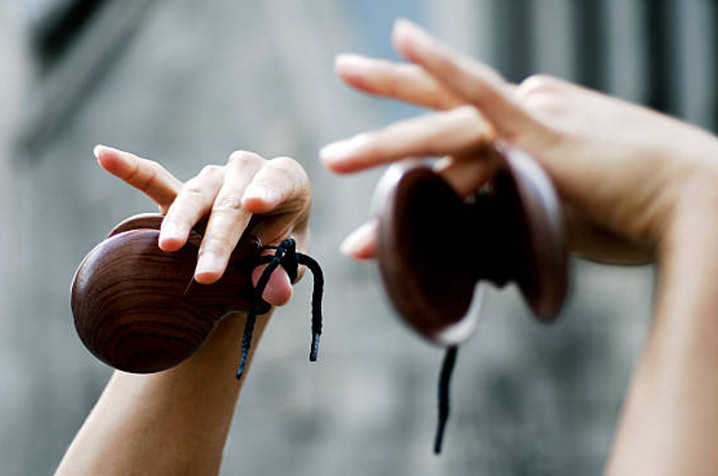
One of the most significant contributions of Romani culture to flamenco is the concept of duende. This term is used to describe the deep emotional intensity and authenticity that is characteristic of flamenco performance.
The Romani people also brought their distinctive dance styles, such as the passionate and expressive movements of the arms and hands, as well as the percussive footwork that is central to flamenco dance. Furthermore, Romani musicians introduced new instruments to flamenco, such as the «cajón» and the tambourine. They added new layers of rhythm and texture to the music.
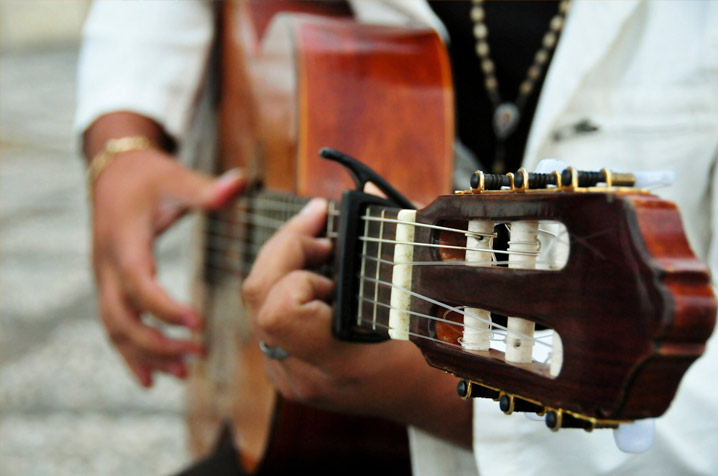
Jewish influences
The influence of Jewish culture on flamenco is another fascinating aspect of its history. One aspect of that is the tradition of Sephardic music.
Sephardic Jews, who lived in Spain for centuries, had their own distinct musical traditions. Some scholars suggest that elements of Sephardic music may have found their way into the broader musical landscape of Andalusia, influencing the development of flamenco.
Additionally, Jewish musicians and poets may have interacted with their Christian and Romani counterparts, exchanging musical ideas, techniques, and lyrics. This cultural exchange could have contributed to the fusion of diverse influences that gave rise to flamenco as we know it today.
Development of flamenco in Seville
Over time, flamenco has evolved. The modern flamenco we know today dates back to the 18th and 19th centuries, with the emergence of flamenco cafes and the professionalization of flamenco artists. It continued to evolve throughout the 20th century, incorporating influences from jazz, Latin music, and other genres.
Among the myriad attractions that lure travelers to this enchanting city, none captivate the soul quite like a Flamenco show.
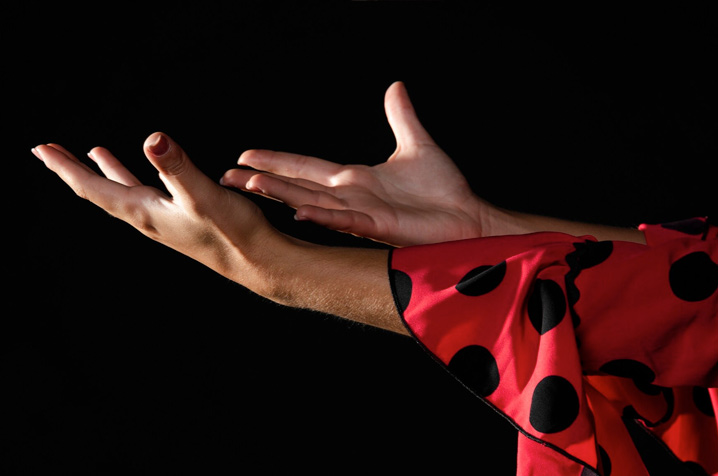
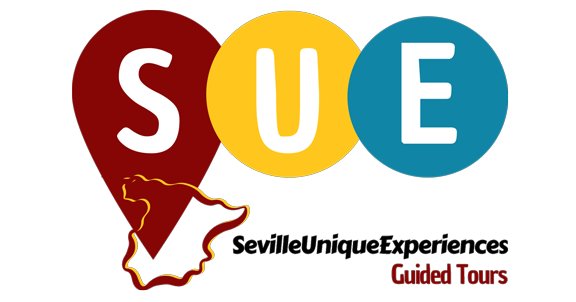
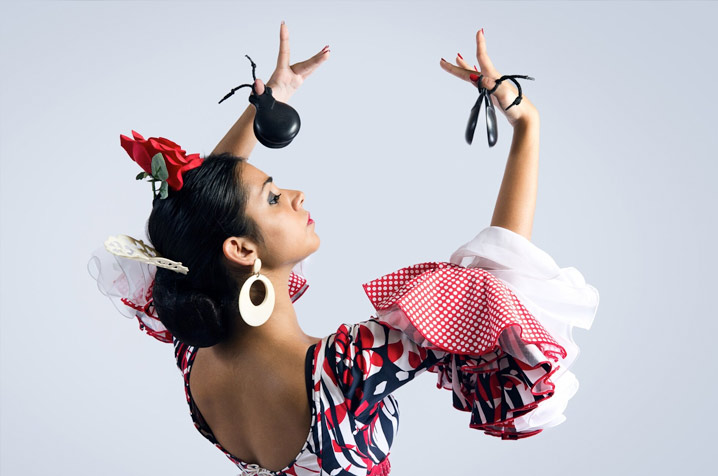
Una respuesta a «Flamenco show in Seville»
[…] Flamenco shows: Seville is the birthplace of flamenco, and attending a flamenco show is a quintessential experience. Many venues offer evening performances, allowing you to enjoy this passionate art form in a cooler, more comfortable setting. […]